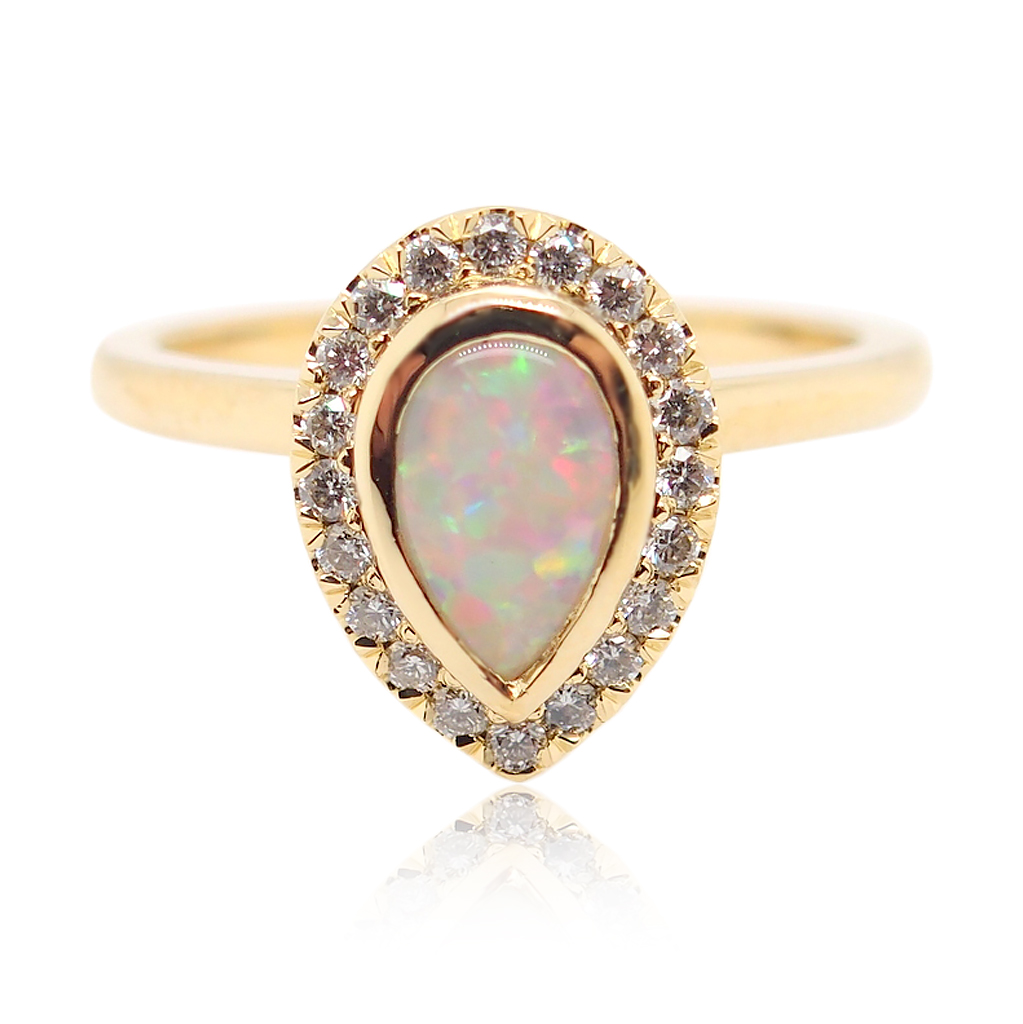

As a member of the quartz family, amethyst is just as likely to scratch or fall out of prongs. Sapphire also offers better durability, so you get the same beautiful color but in a gemstone that will last far longer than morganite.Īmethyst is beautiful, but its softness makes it a poor candidate for an engagement ring. Although most commonly associated with blue, sapphire comes in a range of hues-including that warm, peachy-pink shade. Instead, we suggest sapphire in its place. This gem is also likely to take damage over time due to its softness, so we don’t recommend it for engagement rings. Unfortunately, this sudden popularity means that premium-quality morganite can be hard to come by. Morganite has surged in popularity in the past few years, and it’s easy to see why: this gemstone has one seriously pretty color. You’ll get a similar look and feel to quartz, but diamonds are far more durable and have a far more intense, radiant sparkle. While beautiful, quartz center stones are likely to scratch or fall out of prongs. Quartz is ill-suited for engagement rings due to its softness. The opals we use for this style are kept in a bezel setting so that they stay safe, and each stone is individually hand-selected for beauty and durability. If you’d like to own some opal jewelry, we offer opal stacking birthstone rings. It’s not uncommon to have a vintage opal ring in your family and if you do, wear it with extreme care as it’s existence throughout generations is a testament the great care that has been taken by the wearer. With enough damage over time, an opal may even break. Because they are so soft, they can easily fall out of prongs or get scratched. Unfortunately, opals aren’t a great choice for future heirlooms.

This has led to its growing popularity for engagement rings. The always-beautiful opal displays a captivating dance of colors in the right light. For instance, many diamonds have these features-and with exceptional durability, too. Once you know what it is you like about moonstone, you may be surprised by your options. Is it the silvery shine? The stone’s opaque nature? The cabochon cut? Figure out which quality of moonstone it is that you love. If you’ve had your heart set on a moonstone for your engagement ring, we can help you find an alternative. Unfortunately, this beauty comes at a price: moonstone is incredibly soft (it will scratch) and has poor toughness (it can cleave in two with one bad hit). With its ethereal elegance, moonstone is a beautiful gemstone. We want to ensure you have a gemstone that is durable and will remain safely in its setting for decades to come, so that’s why we recommend against soft gems. Anything below will accrue damage over time, often through activities you may not be aware are harmful: reaching into your pocket, opening your car door, brushing against the kitchen counter, and more. Most stones fall below our recommended hardness, 9 or higher. Since engagement rings are meant to last a lifetime (or even many generations) this is where the problem comes in. By contrast, pearls rank at 2.5 (the same as a fingernail!) If you’ve ever wondered why diamonds are the go-to stone for the majority of engagement rings, the Mohs scale sheds light on why: diamonds rank at the top, 10. The Mohs scale lists a mineral’s hardness by ranking it on an exponential scale of 1 to 10, where 1 is the softest and 10 is the hardest. There are a lot of gemstones we do not offer for engagement rings,to help you make an informed choice, we’ll go over these stones, the reasons why we don’t offer them, and some alternative stones.īut first, we have to talk about something called the Mohs scale. A poorly chosen center stone stands a chance of being damaged-or worse, destroyed-and perhaps sooner than you’d think. Unfortunately, what looks pretty isn’t always the best choice for future heirlooms. Have you ever seen an unusual gemstone while browsing engagement rings? While a lot of these gems are gorgeous, there’s a reason a handful of stones are traditionally used for jewelry: they’re strong enough for day-to-day wear. Read on to learn about our stone choices and how they lend themselves to becoming future heirlooms. We always strive to make jewelry that isn’t simply beautiful, but will also last a lifetime. We’re often asked why we use some stones and not others.


 0 kommentar(er)
0 kommentar(er)
